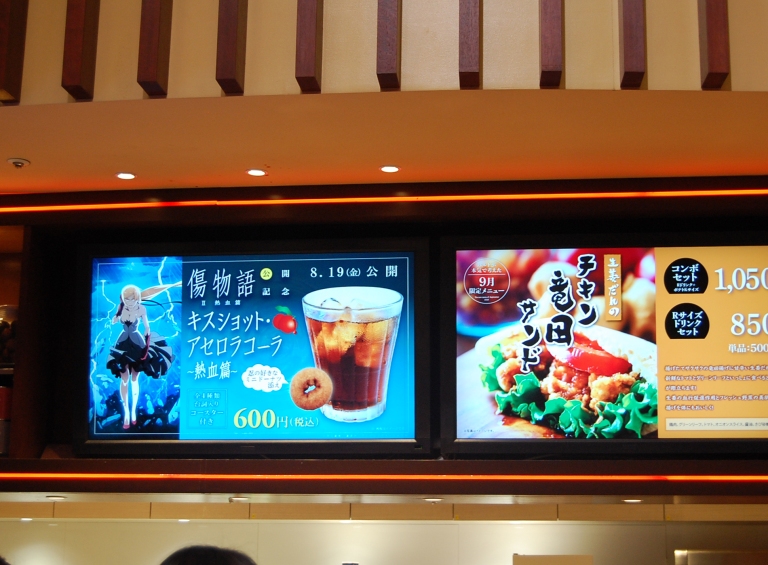
Fun Movie Theaters in Tokyo
In the realm of language and culture, mastering the art of expressing hunger in different tongues is not only practical but also a delightful journey into the heart of a nation’s culinary traditions. In this comprehensive guide, we will delve into the nuances of conveying that familiar pang of hunger in Japanese. From essential phrases to […]
In the realm of language and culture, mastering the art of expressing hunger in different tongues is not only practical but also a delightful journey into the heart of a nation’s culinary traditions. In this comprehensive guide, we will delve into the nuances of conveying that familiar pang of hunger in Japanese. From essential phrases to cultural insights, by the end of this article, you’ll be equipped with the linguistic tools to not only say “I’m hungry” in Japanese but also navigate the rich tapestry of Japanese cuisine with confidence.
Mastering the Vi Language A Comprehensive Guide for 2024 and Beyond
Understanding the Basics

Before we dive into the specific phrases, it’s crucial to understand the structure of the Japanese language. Japanese sentences often follow a Subject-Object-Verb (SOV) order, which means the verb typically comes at the end of the sentence. This structural difference can be a bit challenging for English speakers, but don’t worry; we’ll break it down step by step.
The Most Basic Phrase: “Onaka ga suita” (お腹がすいた)
The simplest and most direct way to say “I’m hungry” in Japanese is by using the phrase “Onaka ga suita” (お腹がすいた). Here’s the breakdown:
- Onaka (お腹) means “stomach.”
- ga (が) is a particle indicating the subject.
- Suita (すいた) is the past tense of the verb “su” (空), which means “to become empty.”
So, when you put it all together, “Onaka ga suita” essentially translates to “My stomach became empty” or, more simply, “I’m hungry.”
Polite Expressions

In Japanese culture, politeness is highly valued. Therefore, it’s essential to know how to express hunger politely. You can achieve this by adding polite expressions to your phrases.
- “Onaka ga sukimashita” (お腹が空きました) – This is a polite version of “I’m hungry.”
- “Onaka ga peko peko desu” (お腹がぺこぺこです) – A cute and informal way of saying you’re hungry, often used by children.
Using these polite expressions shows respect and is particularly useful when interacting with Japanese people or in formal settings.
Adding Emphasis: “Totemo” (とても)

To add emphasis to your hunger, you can use the word “totemo” (とても) before the phrases mentioned above. It means “very” or “extremely.” So, “Totemo onaka ga suita” or “Totemo onaka ga sukimashita” would mean “I’m very hungry” or “I’ve become very hungry,” respectively.
Expressing Specific Food Cravings

Sometimes, hunger comes with specific cravings. In such cases, you can mention the particular dish or type of food you desire. Here are a few examples:
- “Ramen ga tabetai” (ラーメンが食べたい) – “I want to eat ramen.”
- “Sushi ga hoshii” (寿司が欲しい) – “I want sushi.”
- “Kare rice ga tabetai” (カレーライスが食べたい) – “I want to eat curry rice.”
Cultural Insights
Learning how to say “I’m hungry” in Japanese is not just about the language; it’s also about understanding the cultural context. In Japan, food holds a special place in people’s hearts, and mealtimes are often seen as moments of togetherness and appreciation.
- Ramen Culture: Ramen is not just a dish in Japan; it’s a cultural phenomenon. Exploring ramen shops, known as “ramen-ya,” is a favorite pastime for many Japanese people. So, if you’re in Japan and hungry, seeking out a local ramen-ya can be a delightful experience.
- Sushi Etiquette: When enjoying sushi in Japan, it’s customary to dip the fish, not the rice, into soy sauce. Also, try not to mix wasabi into your soy sauce, as sushi chefs take great care in balancing the flavors.
- Kaiseki Cuisine: If you find yourself in a traditional Japanese inn (ryokan), consider trying a kaiseki meal. This multi-course dining experience showcases the season’s finest ingredients and is a true culinary art form.
Useful Phrases for Dining Out
When dining at Japanese restaurants or interacting with locals, it’s handy to know a few phrases beyond “I’m hungry.” These will enhance your dining experience:
- “Oishii desu” (美味しいです) – “It’s delicious.” Use this phrase to express your enjoyment of the food.
- “Arigatou gozaimasu” (ありがとうございます) – “Thank you.” Show your appreciation to the chef or the person serving your meal.
- “Okaike onegaishimasu” (お会計お願いします) – “Check, please.” When you’re done with your meal and ready to pay, use this phrase to request the bill.
Exploring Japanese Cuisine
Now that you know how to say “I’m hungry” in Japanese and have some cultural insights, it’s time to explore the diverse and delectable world of Japanese cuisine. From sushi and sashimi to tempura and takoyaki, Japan offers a wide range of culinary delights that are sure to satisfy your hunger and tantalize your taste buds.
Conclusion
In this journey to learn how to say “I’m hungry” in Japanese, we have not only mastered the essential phrases but also gained valuable insights into Japanese culture and dining etiquette. Armed with this knowledge, you’re ready to embark on a gastronomic adventure in Japan, where every meal is an opportunity to savor the rich flavors and traditions of this captivating country. So, whether you’re enjoying a steaming bowl of ramen or savoring the delicate artistry of sushi, remember to say “Onaka ga suita” and relish every moment of your culinary exploration.
key words
- learn japanese in 90 days 2024
- japanese in use everyday
- japanese for to day
- how to say i love you in japanese









